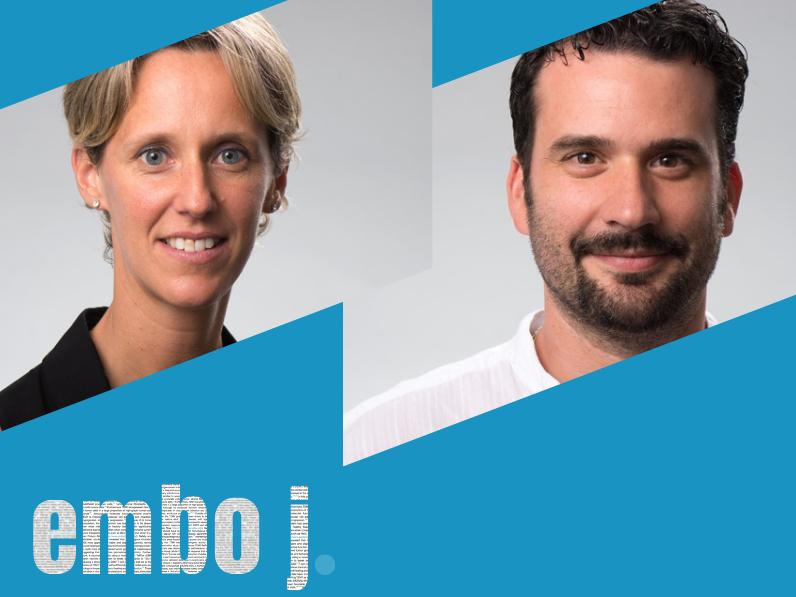
Recherche
c-Maf gene represents a key regulator of an immune cell population central in the response to allergens
Untrained group 2 innate lymphoid cells (ILC2s) lack c-Maf expression. Its induction enforces type-2 functional identity of ILC2s and determines their ability to develop trained features and to mount an optimal type-2 immune response, both in human and mice.

Group 2 ILC2s are involved in type 2 inflammatory diseases such as allergy. Research led by Camilla Jandus and Grégory Verdeil, both of the Ludwig Institute for Cancer Research Lausanne Branch, found that alarmin stimulation and papain exposure induced c-Maf expression in mouse ILC2s. Chronic papain exposure resulted in high IL-5 and IL-13 production and in lung eosinophil recruitment, which were abolished upon c-Maf deletion in ILCs. Transcriptomic analysis revealed that c-Maf knocked-down ILC2s not only lack the expression of type 2 cytokine genes, but also of genes linked to a memory-like phenotype. In line with this, in humans, c-Maf was absent in cord blood, while highly expressed in adult ILC2s. Researchers showed that c-Maf was fundamental for human ILC2 cytokine production, which was suppressed following lentiviral vector-based shRNA targeting. Both mouse and human c-Maf deficient ILC2s failed to mount stronger responses upon re-challenge. Thus, the expression of c-Maf in ILC2s is indispensable for optimal type 2 cytokine production and proper memory-like responses.
The exploitation of immune cells to treat disease is ever increasing. This research provides evidence that the gene c-Maf represents a key regulator of an immune cell population that is central in the response to allergens. Hence, drugs targeting c-Maf might lead to therapeutic options for allergy, and other Type-2 mediated diseases.
On sharing science…
The Verdeil Lab has a long-standing interest in the gene c-Maf in T cell biology. The Jandus Lab, now at the University of Geneva, particularly senior scientist Sara Trabanelli, has been working on innate lymphoid cells for several years. This joint research into c-Maf in ILCs was born out of spontaneous and informal exchanges on different projects and interests at a time when the two laboratories shared the same office space, in Lausanne.
Research for this project was supported by the Swiss National Science Foundation (SNSF).
* c-Maf expression enforces trained-like functional features in mouse and human ILC2s


